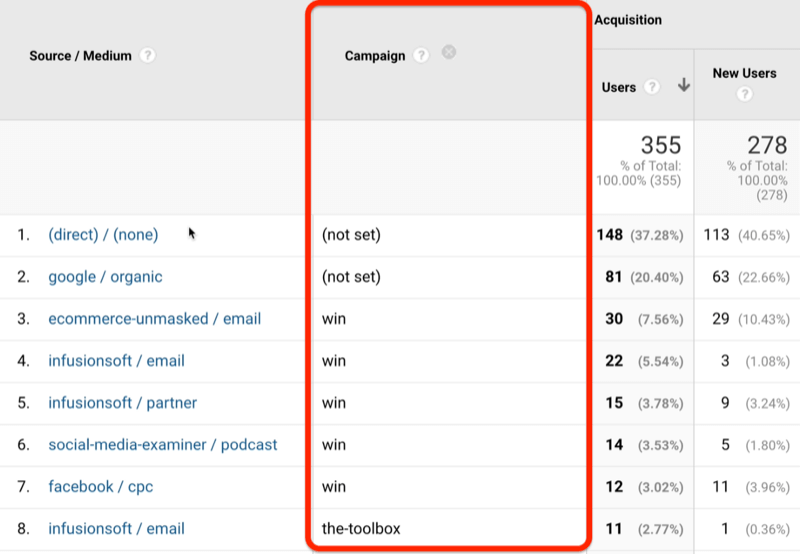Enhance Your Information Evaluation Making Use Of Additional Measurement in Google Analytics
Discovering the capabilities of second dimensions in Google Analytics opens up a world of opportunities for refining data analysis. By layering added measurements onto primary data sets, an even more complex story arises, shedding light on user communications and efficiency indicators.
Understanding Second Measurements
In the world of information analysis, an important aspect to understanding is the principle of additional dimensions and their importance in drawing out much deeper understandings from Google Analytics records. Secondary measurements in Google Analytics refer to extra parameters that can be included to the main dimension, enabling an extra detailed evaluation of data. By integrating secondary measurements, experts can section and filter information to discover patterns, trends, and correlations that might not appear when taking a look at the data in its entirety. These secondary dimensions can offer context and a much more comprehensive understanding of user behavior, traffic resources, and other essential metrics tracked by Google Analytics.

Benefits of Utilizing Second Measurements
When analyzing data in Google Analytics, the use of additional measurements provides important insights into individual habits and efficiency metrics. By including a second dimension to your key information, you can delve deeper right into the features of your web site site visitors and their interactions. One of the crucial benefits of making use of second measurements is the ability to section and compare data better. This division enables you to recognize exactly how various variables, such as demographics or web traffic resources, influence individual behavior and conversions (Secondary Dimension in Google Analytics).
Furthermore, secondary dimensions boost the context of your key data, supplying an extra extensive view of individual interaction and efficiency metrics. Overall, the usage of second dimensions in Google Analytics can significantly boost the depth and high quality of your information analysis, leading to more informed decision-making and boosted end results.
How to Include Additional Measurements
By integrating secondary measurements in Google Analytics, customers can gain much deeper insights into their information evaluation procedure, enabling for even more detailed examination of user behavior and efficiency metrics. Including second measurements is a simple process that can considerably enhance the deepness of evaluation. To include a secondary dimension in Google Analytics, begin by navigating to the record you wish to examine. As soon as in the report, find the "Second dimension" tab above the data table. Click it to disclose a dropdown food selection with various choices such as Habits, Modern Technology, and Personalized Capacities. Select the dimension you intend to add, such as 'Source/Medium' or 'Device Classification'. This secondary dimension will certainly then be put on your existing information, providing added context and enabling an extra thorough analysis of user interactions. By utilizing secondary measurements efficiently, customers can uncover beneficial understandings that might have otherwise been ignored, causing educated decision-making and enhanced efficiency methods.
Analyzing Information With Secondary Measurements
Using second dimensions in data evaluation supplies a more comprehensive understanding of customer actions and performance metrics. By including an additional measurement to your key data embeded in Google Analytics, you can dive deeper right into the characteristics of your internet site site visitors and their communications. Integrating the primary measurement of 'source/medium' with the secondary measurement of 'landing web page' can disclose which particular web pages are drawing in website traffic from various resources, aiding you enhance these web pages for much better engagement.

Fundamentally, examining data these details with second measurements encourages you to gain useful insights into customer behavior, identify patterns, and make educated choices to enhance the performance of your electronic properties.
Finest Practices for Secondary Measurements
In information analysis, integrating second dimensions effectively can substantially improve the depth of insights originated from metrics and individual actions patterns. When utilizing second dimensions in Google Analytics or any kind of various other analytical tool, it is vital to adhere to ideal practices to make certain the accuracy and importance of the information evaluation.
One key ideal practice is to meticulously choose second dimensions that complement the primary measurement being evaluated. Choosing second measurements that offer extra context or additional division can offer a more detailed understanding of the data. It is likewise necessary to avoid overcomplicating the evaluation by consisting of a lot of additional dimensions, which might result in confusion or dilution of understandings.
In addition, it is recommended to experiment with various mixes of secondary and key dimensions to reveal new connections and patterns. Frequently refining the option and examining of second measurements based upon the specific goals of the analysis can result in more actionable insights. By following these finest methods, information experts can utilize second dimensions properly to enhance the general information analysis procedure and decision-making capacities.

Final Thought
In conclusion, integrating additional dimensions in Google Analytics is crucial for an extensive data analysis approach. By leveraging additional measurements alongside key ones, analysts and online marketers can uncover valuable more tips here understandings and relationships that can inform decision-making and maximize electronic marketing strategies. Comprehending exactly how to successfully make use of additional dimensions and complying with my company finest methods will enable specialists to extract significant information and improve their general efficiency metrics.
Second dimensions in Google Analytics refer to added parameters that can be included to the primary dimension, enabling for a much more detailed evaluation of information. By including secondary dimensions, analysts can segment and filter information to uncover patterns, fads, and connections that could not be evident when looking at the data as a whole. Incorporating the primary measurement of 'source/medium' with the additional dimension of 'landing web page' can reveal which details pages are attracting web traffic from different resources, helping you maximize these pages for much better interaction.
One key finest method is to very carefully choose additional measurements that match the primary dimension being assessed. By complying with these ideal techniques, information experts can utilize second measurements effectively to enhance the total data evaluation procedure and decision-making capabilities.